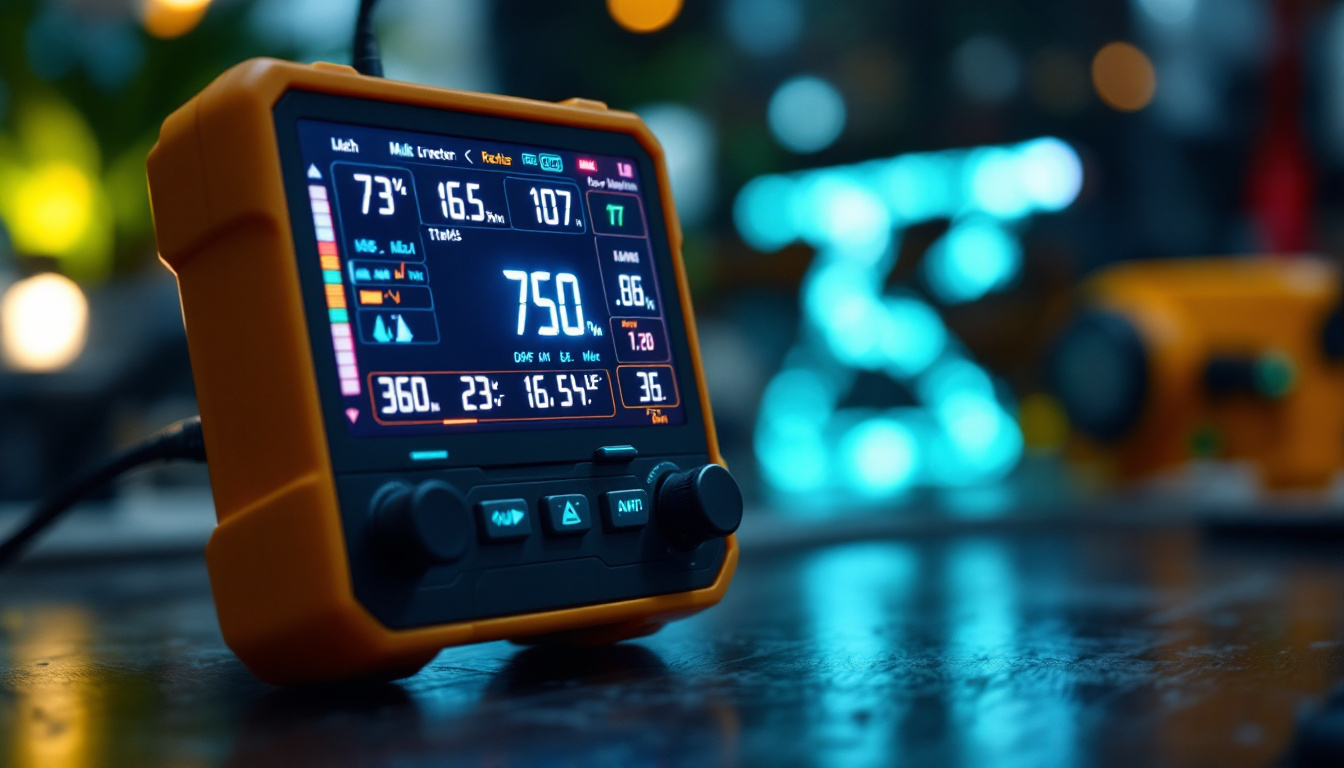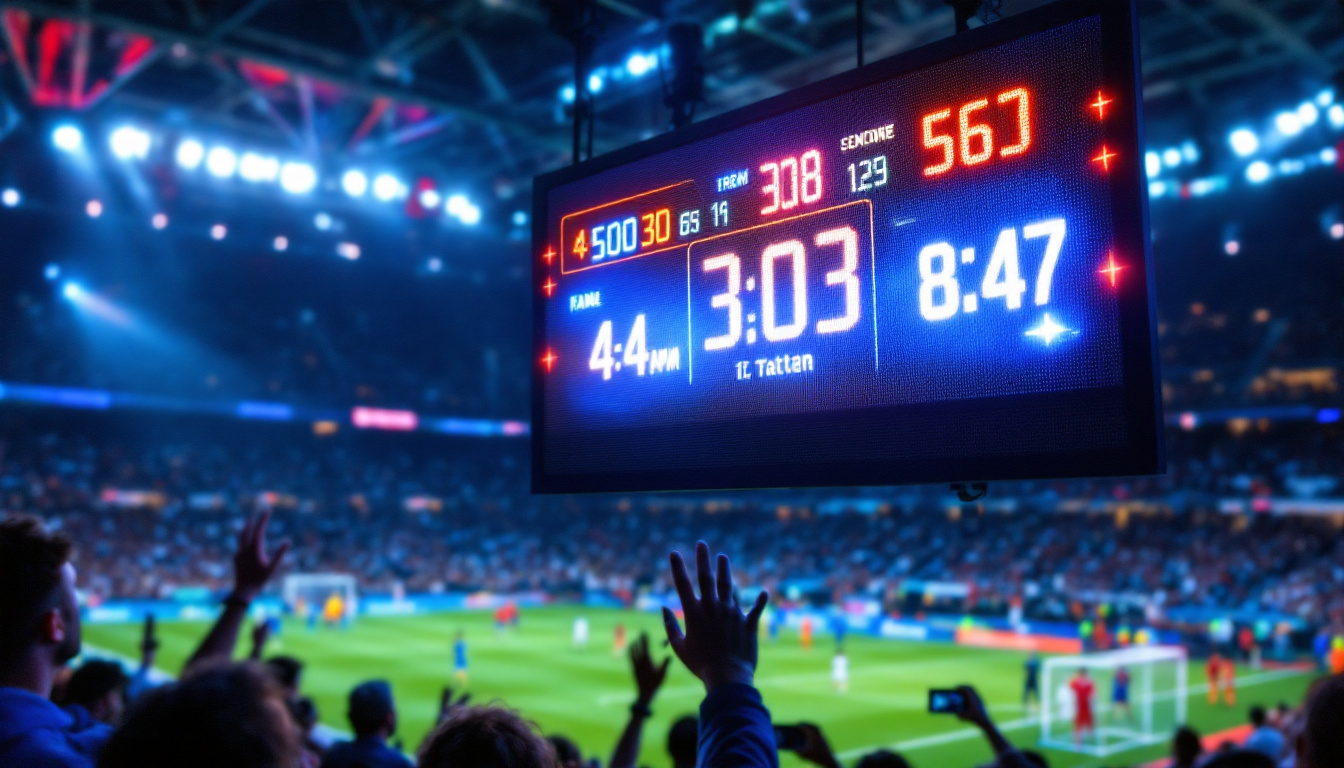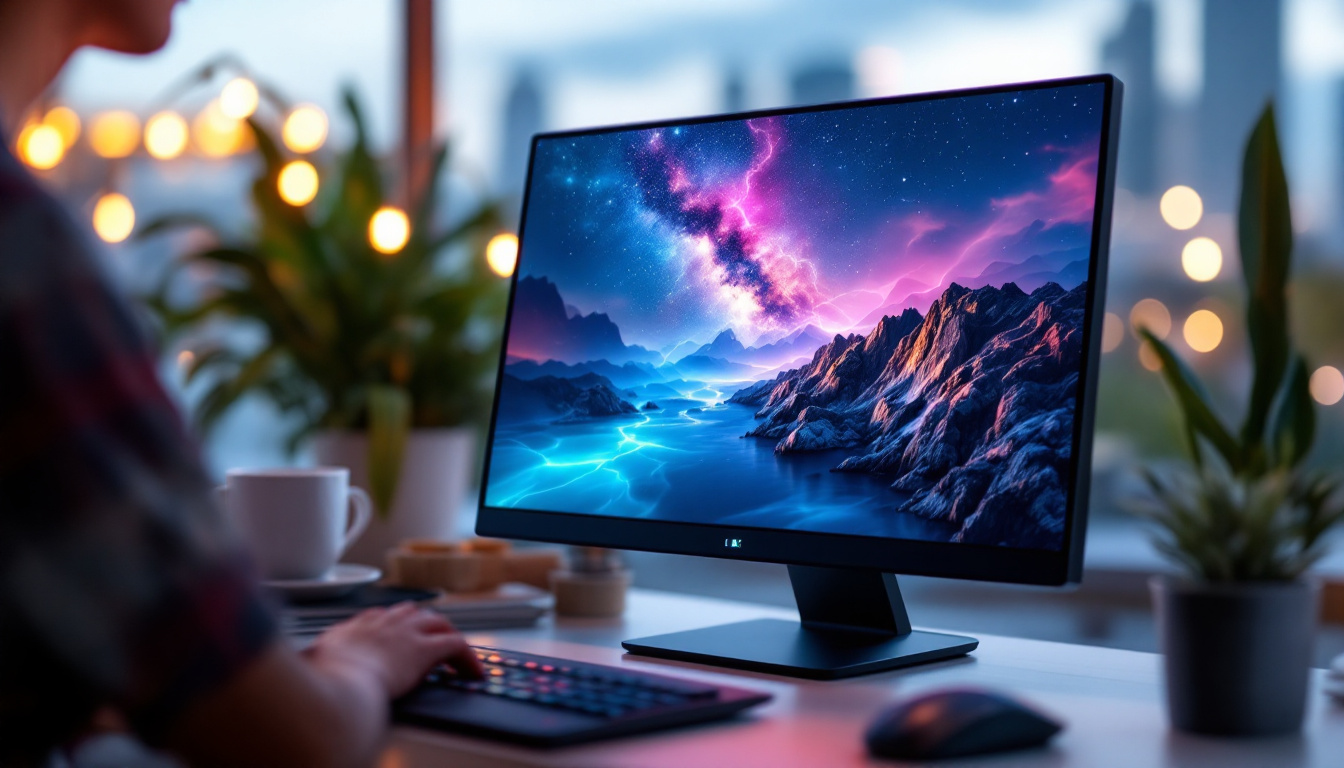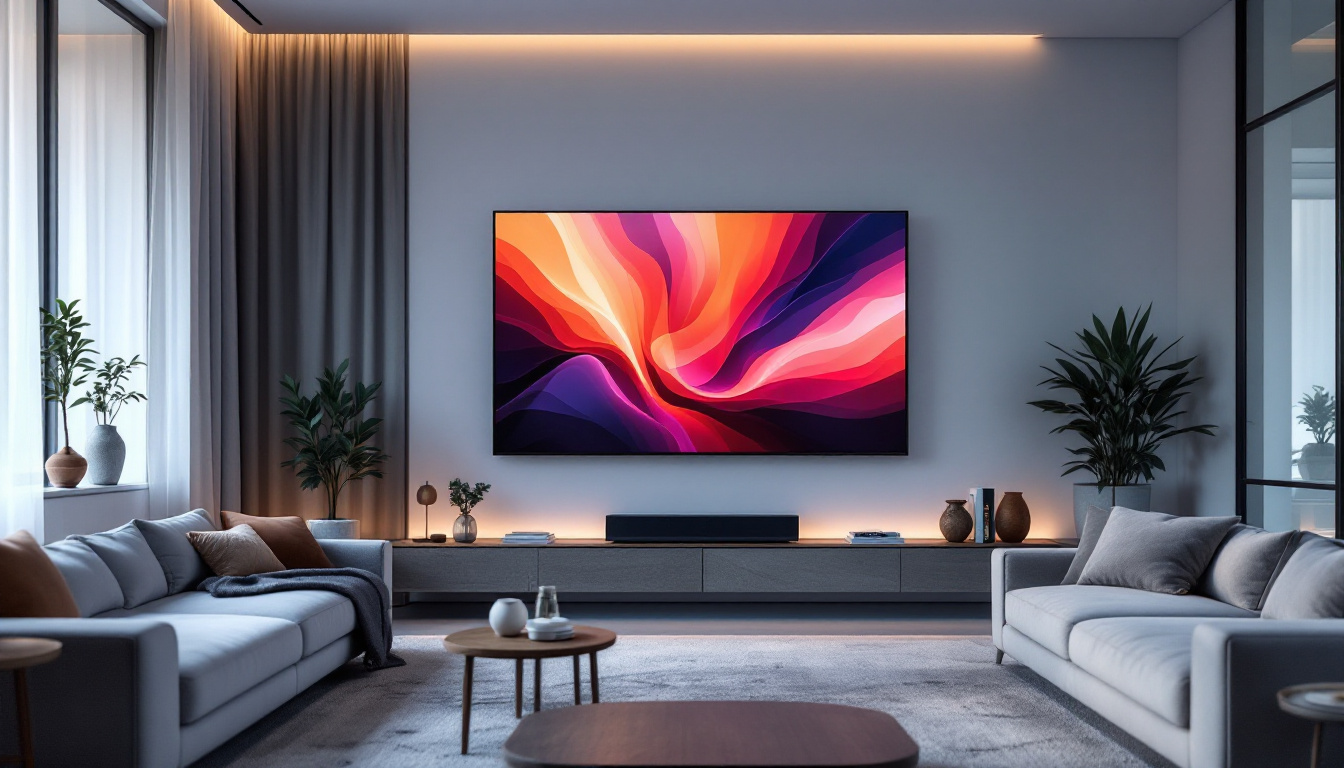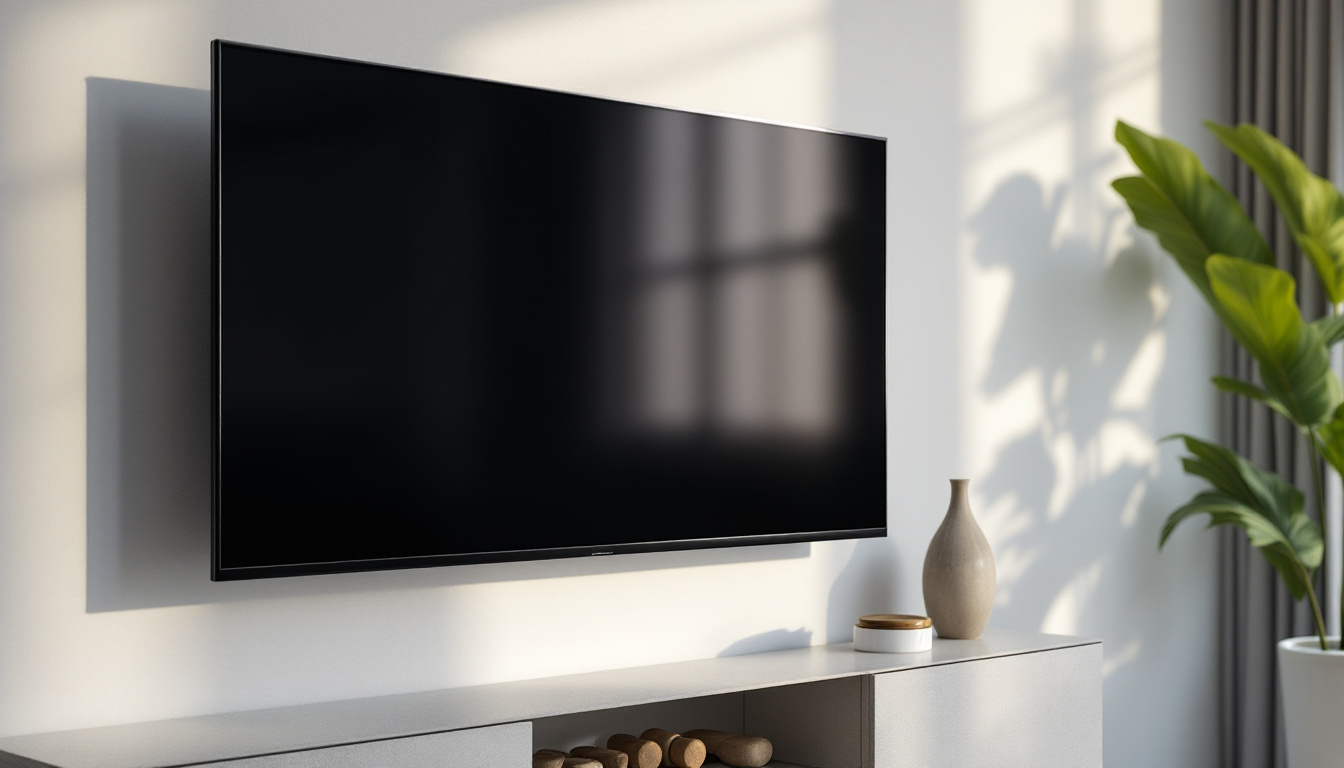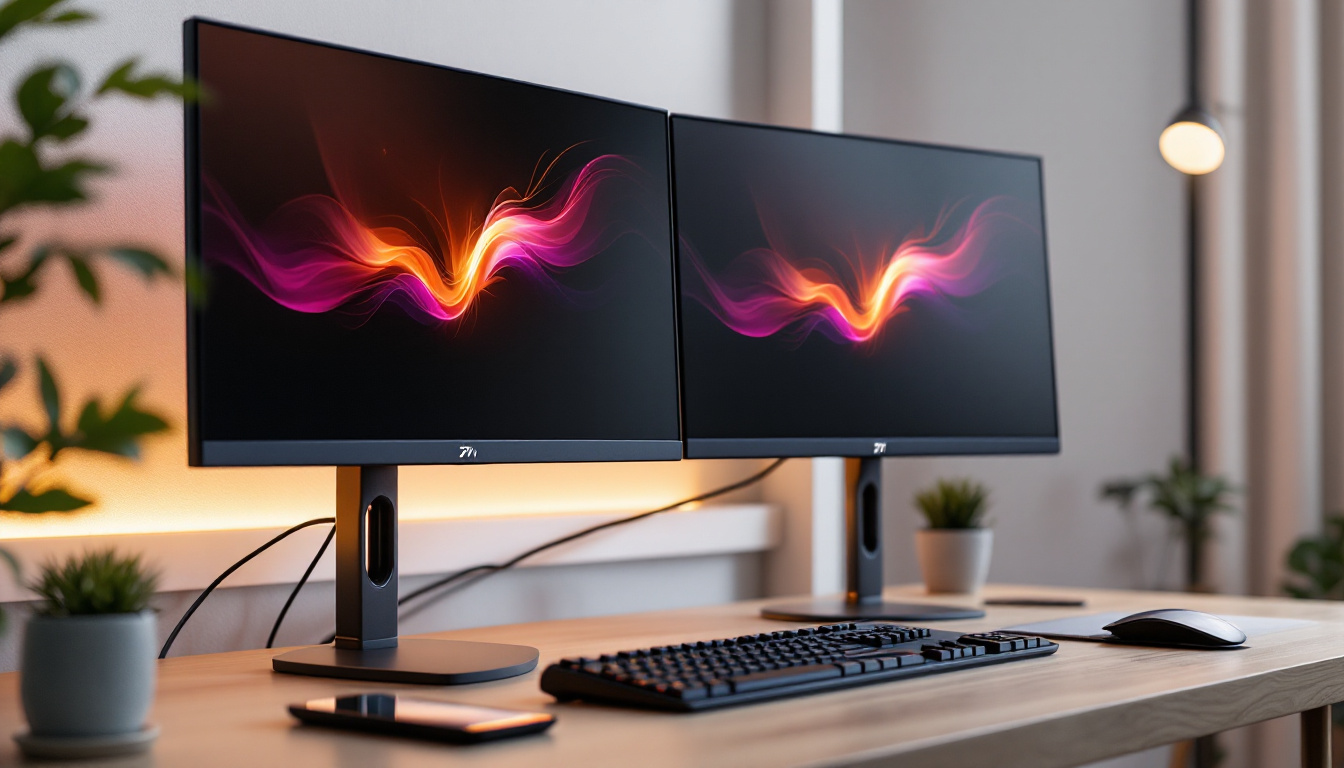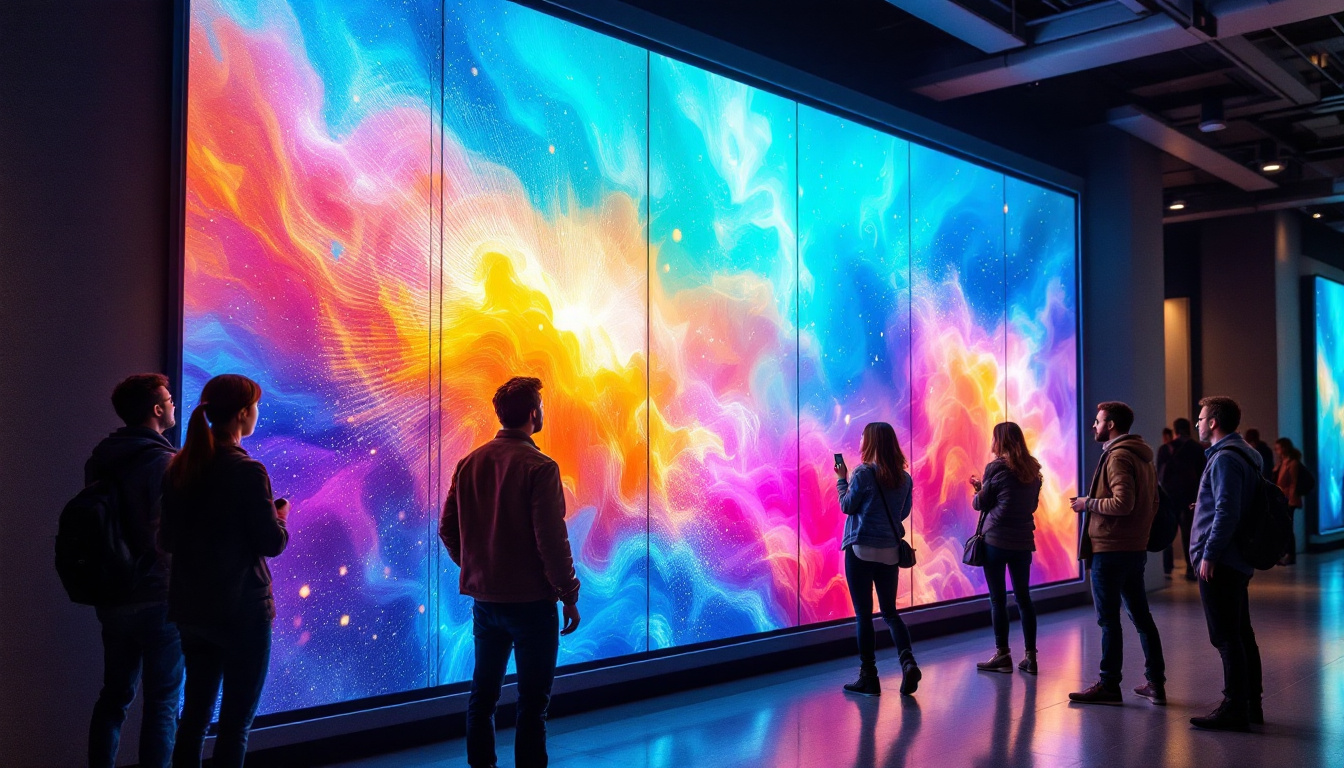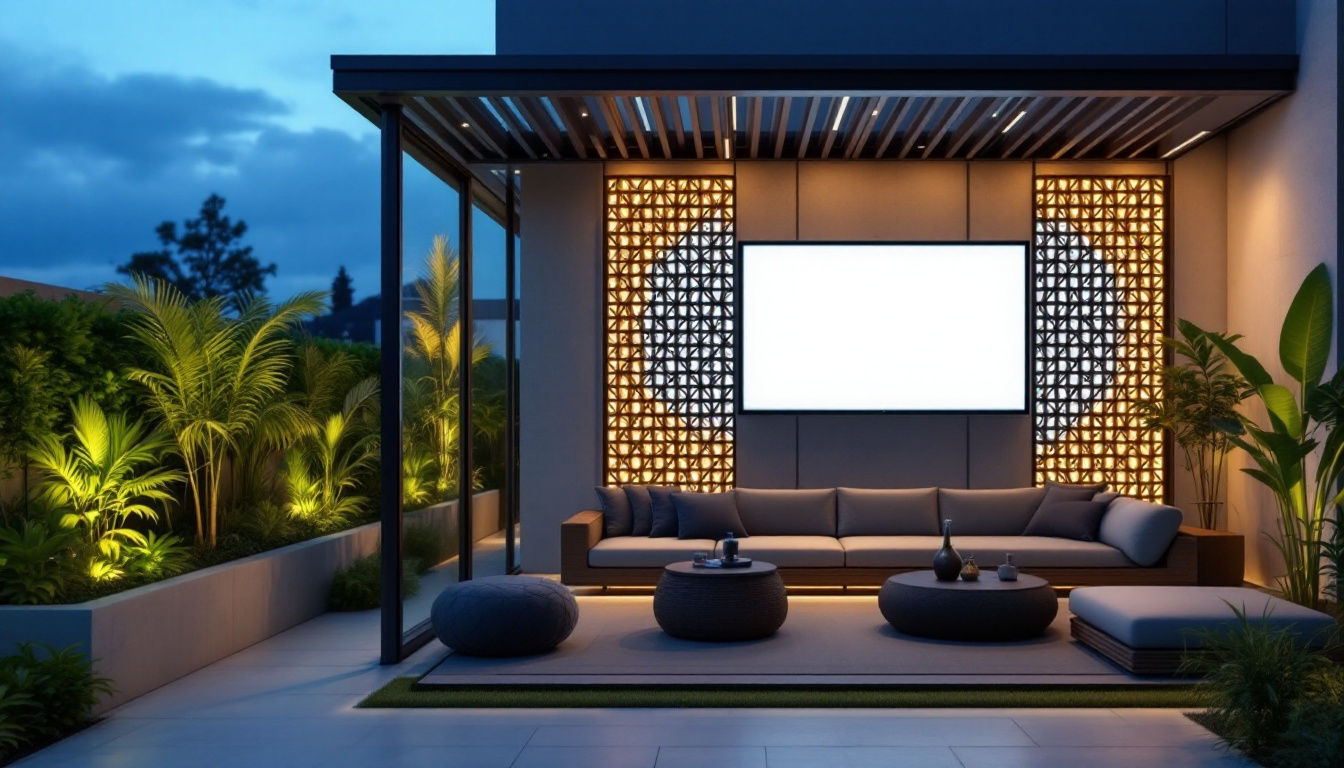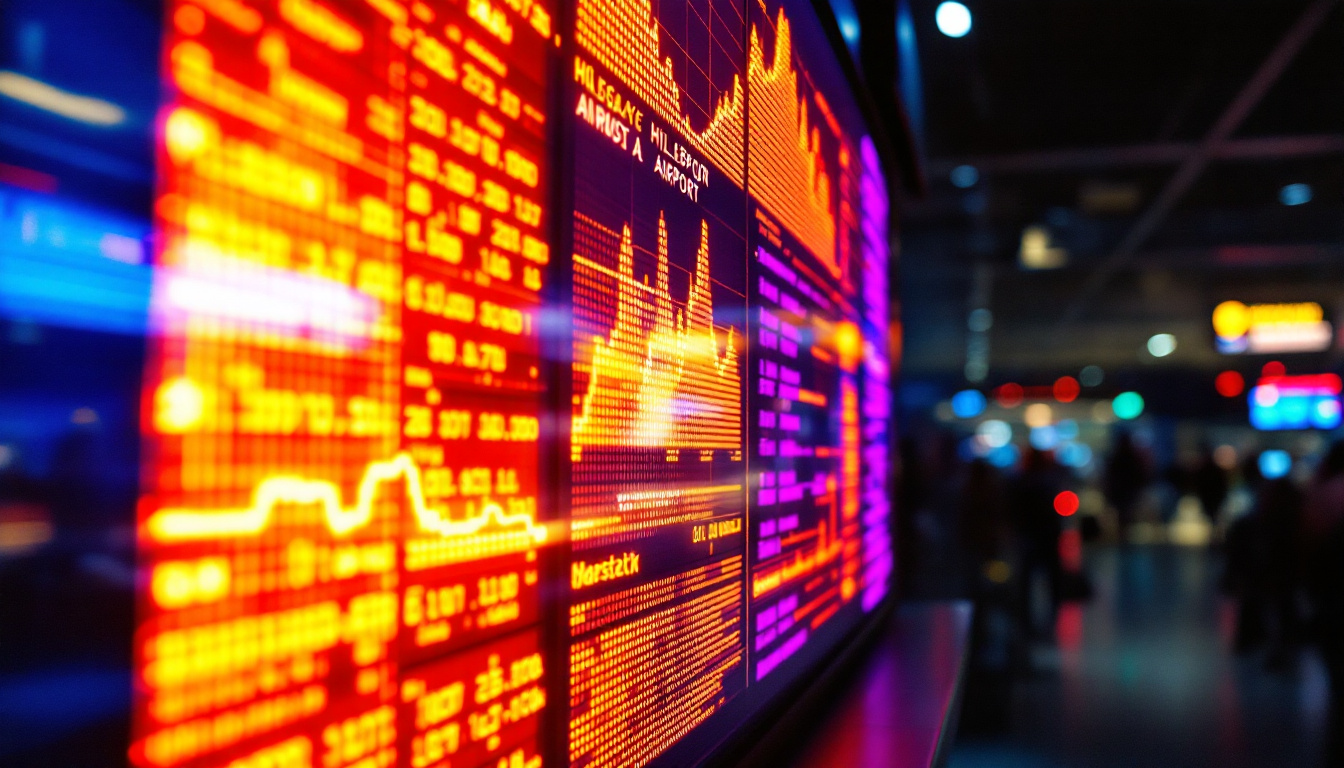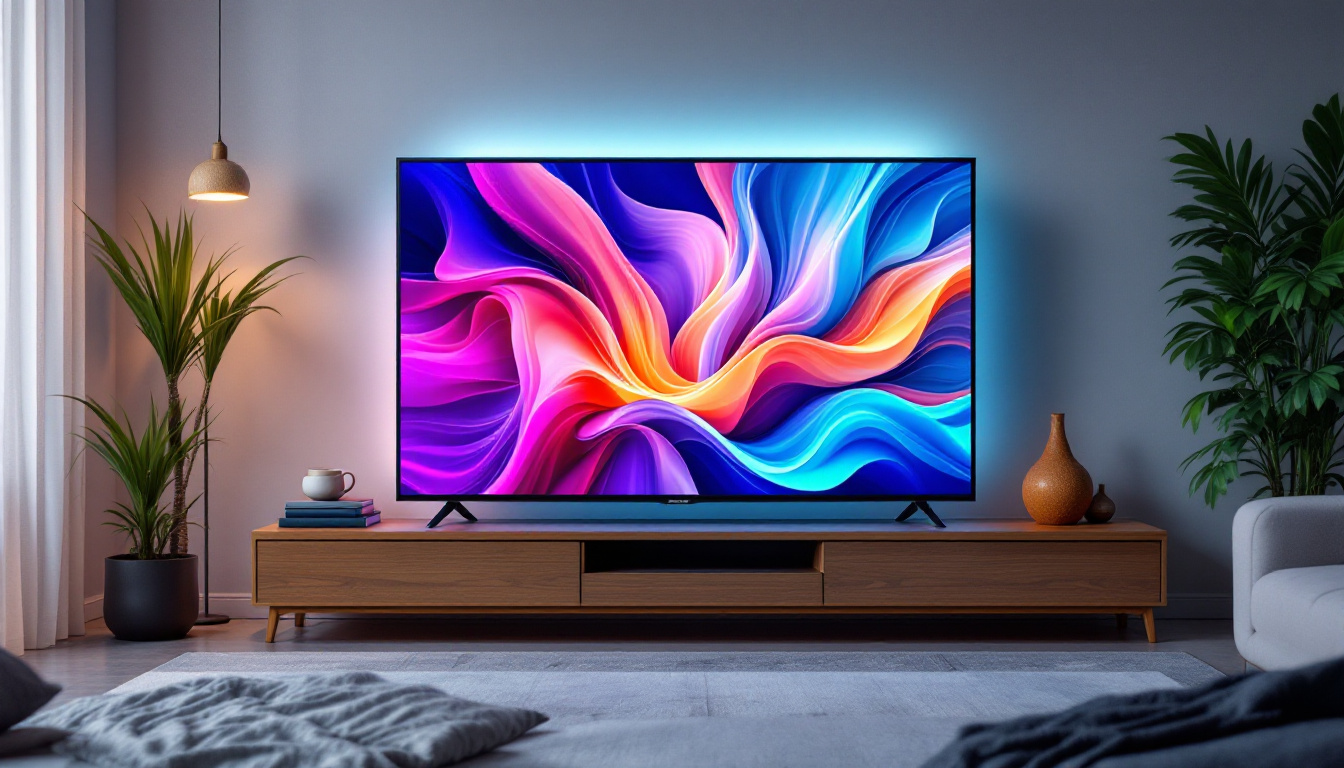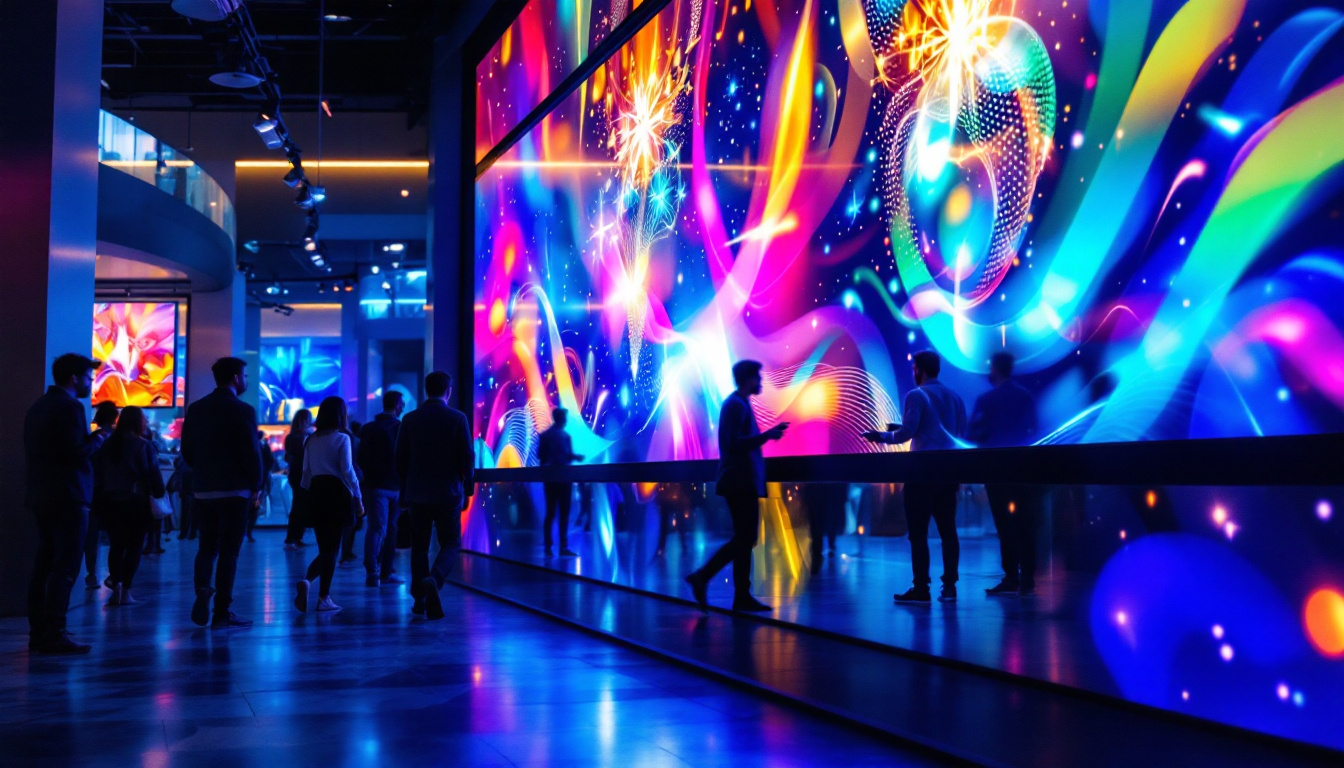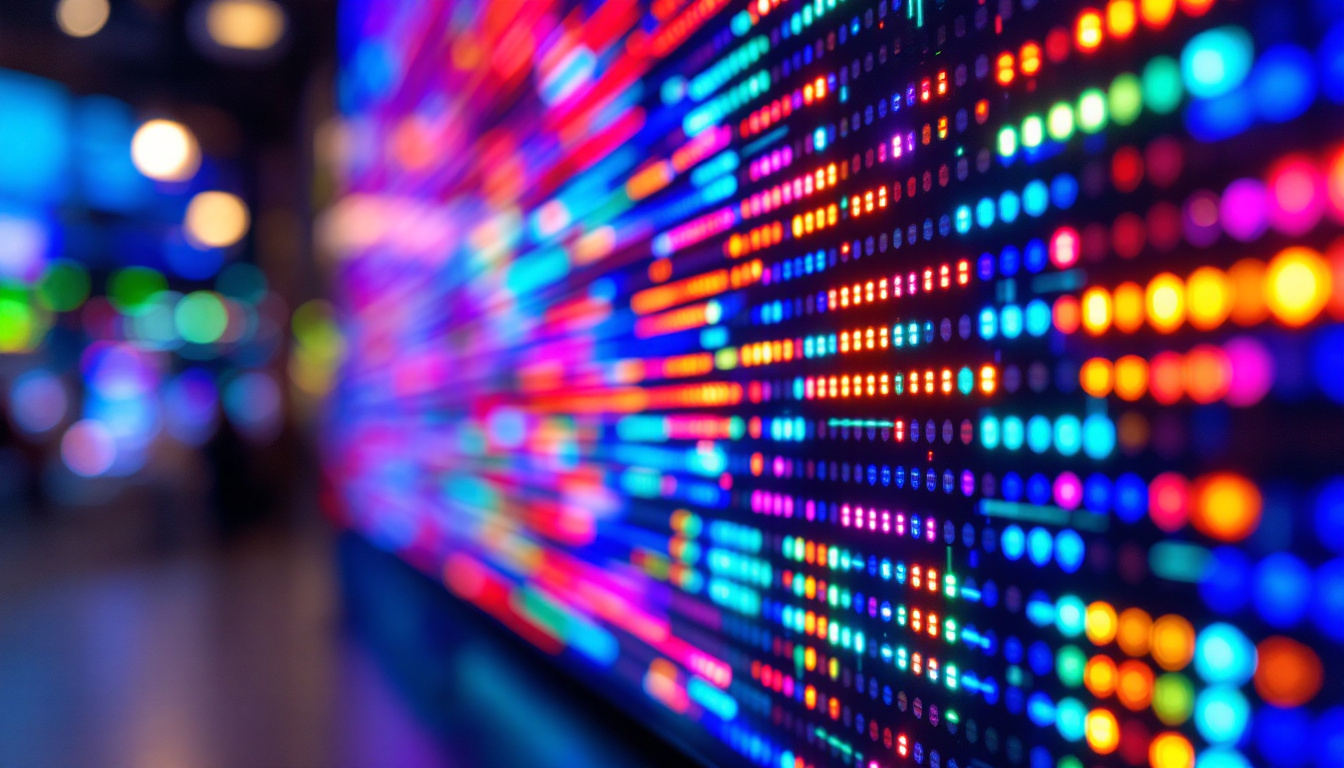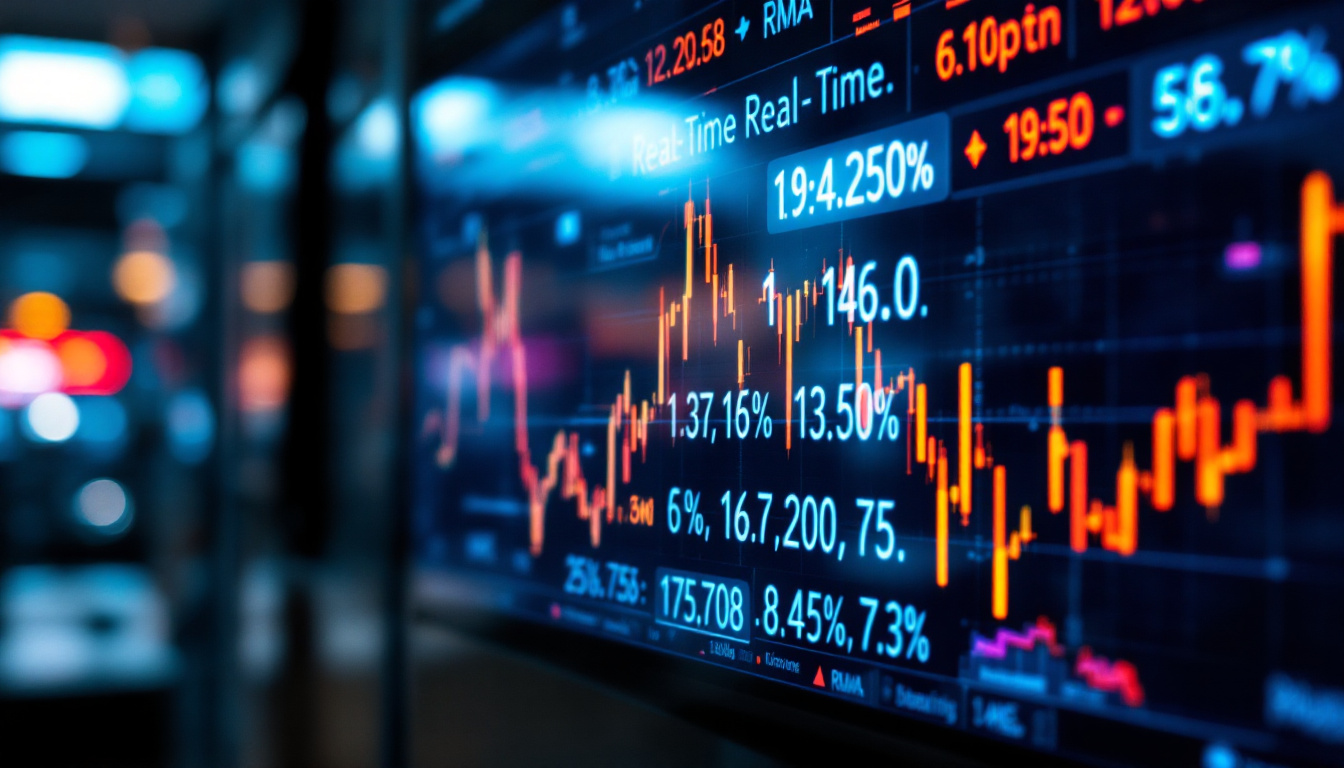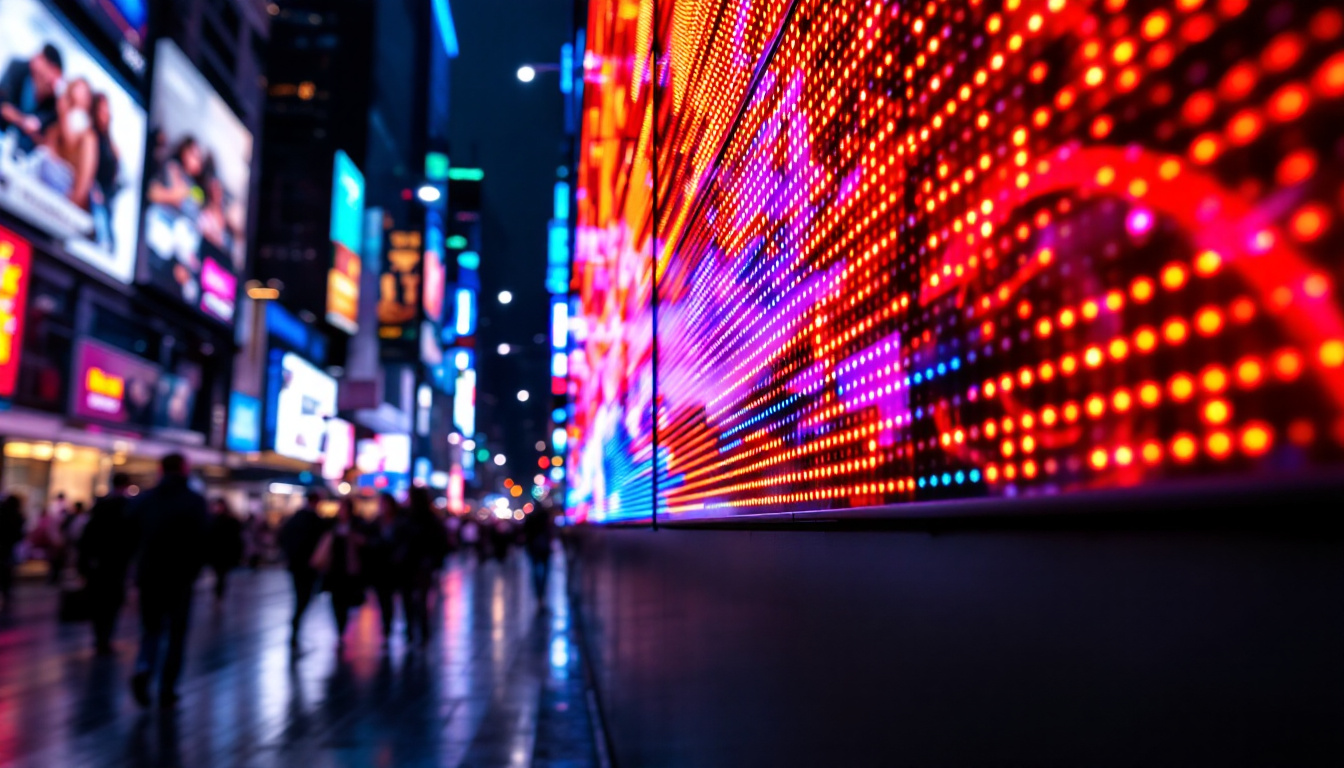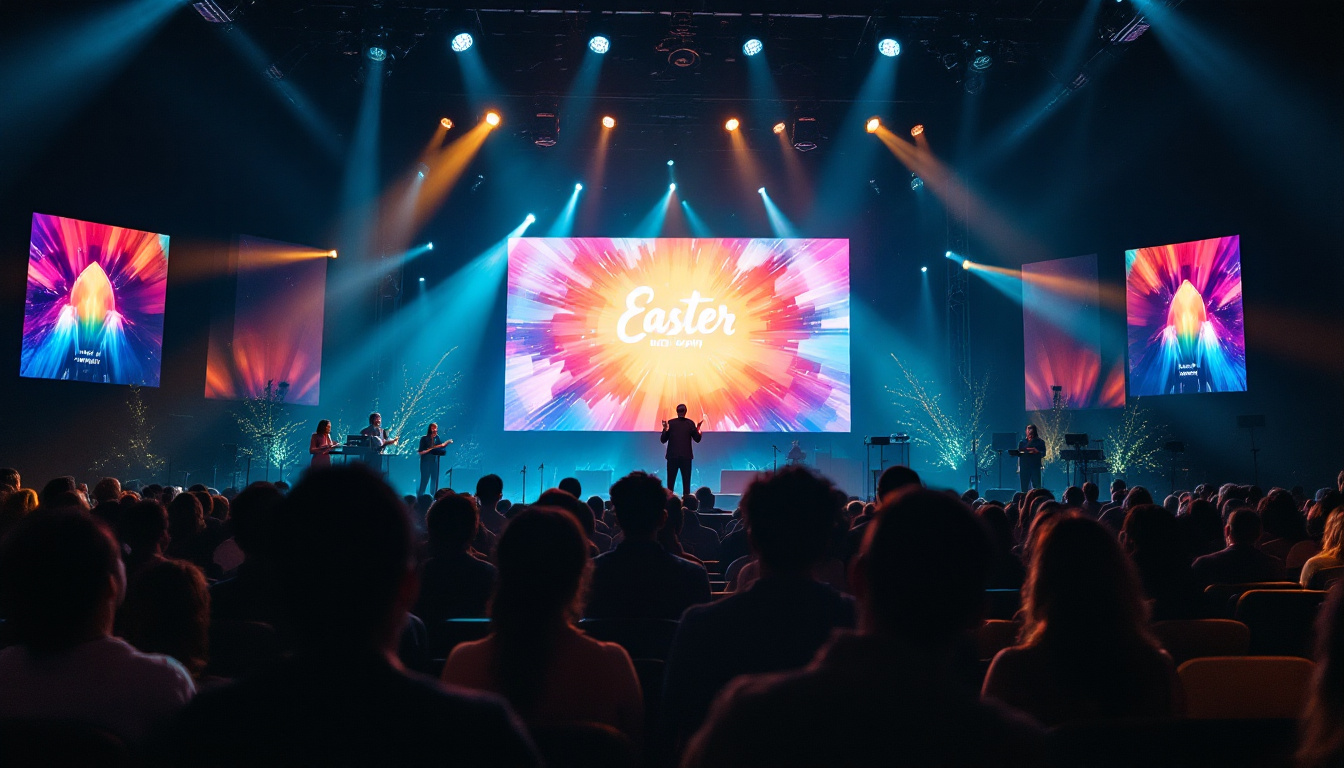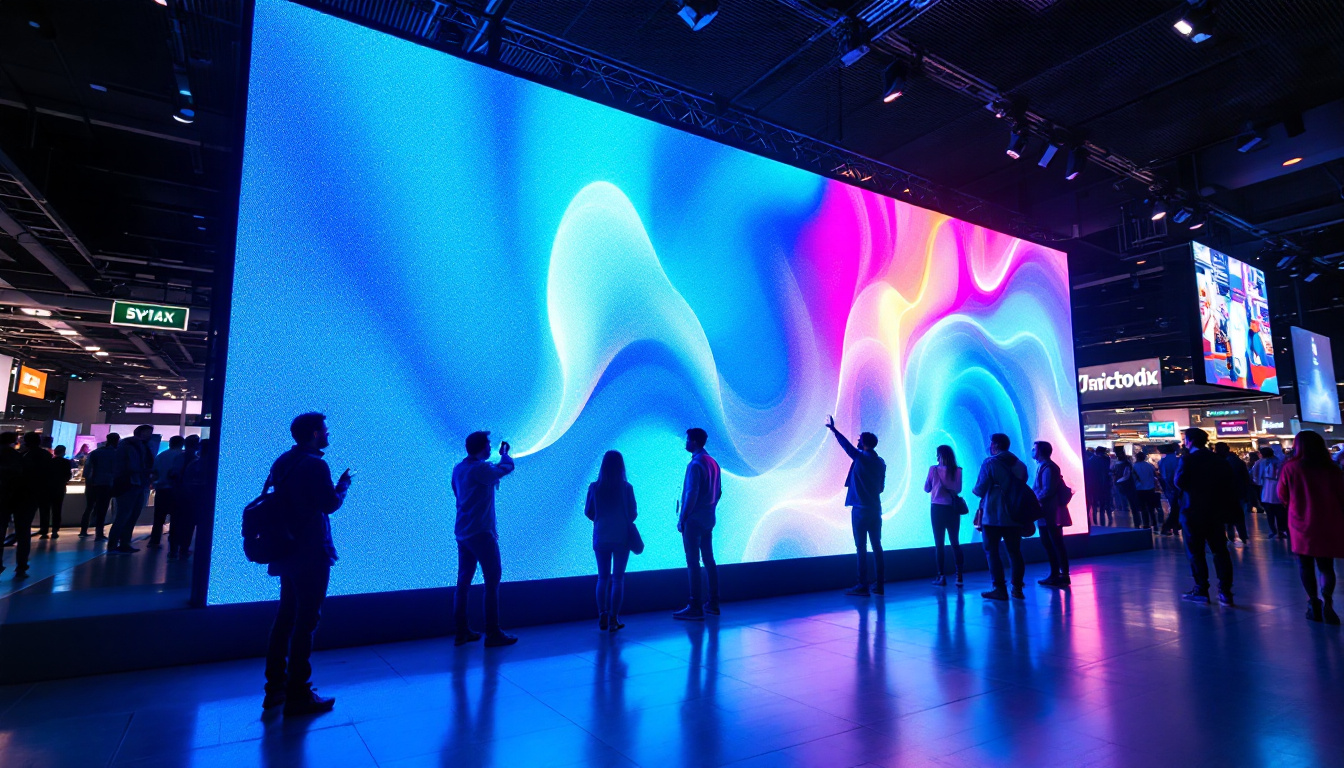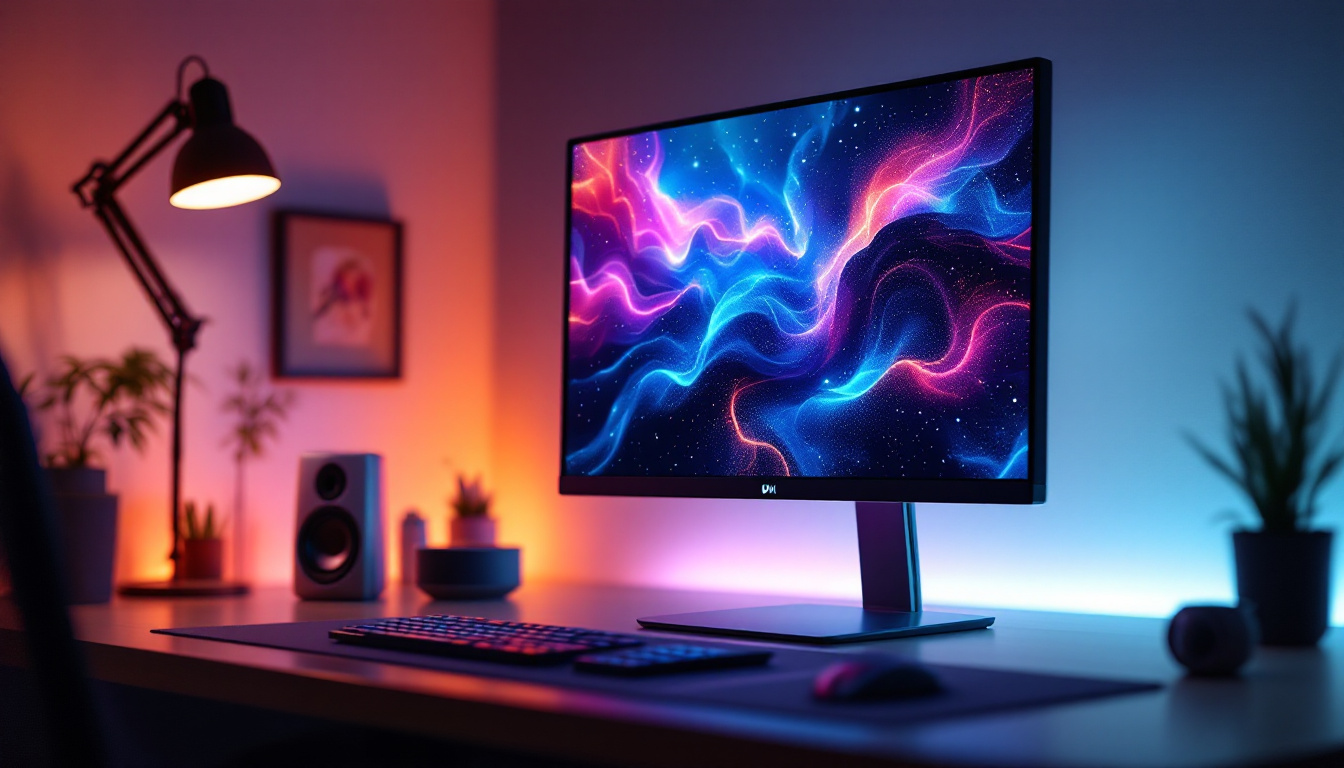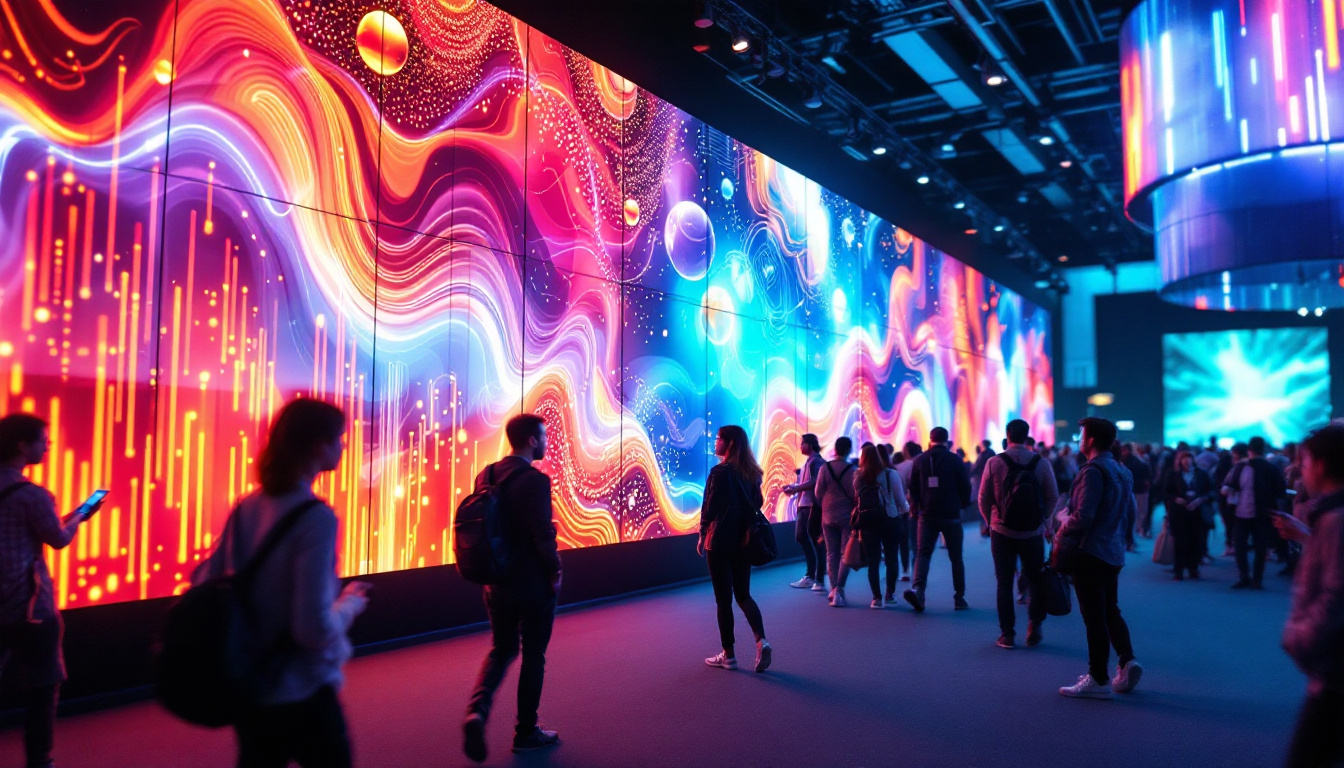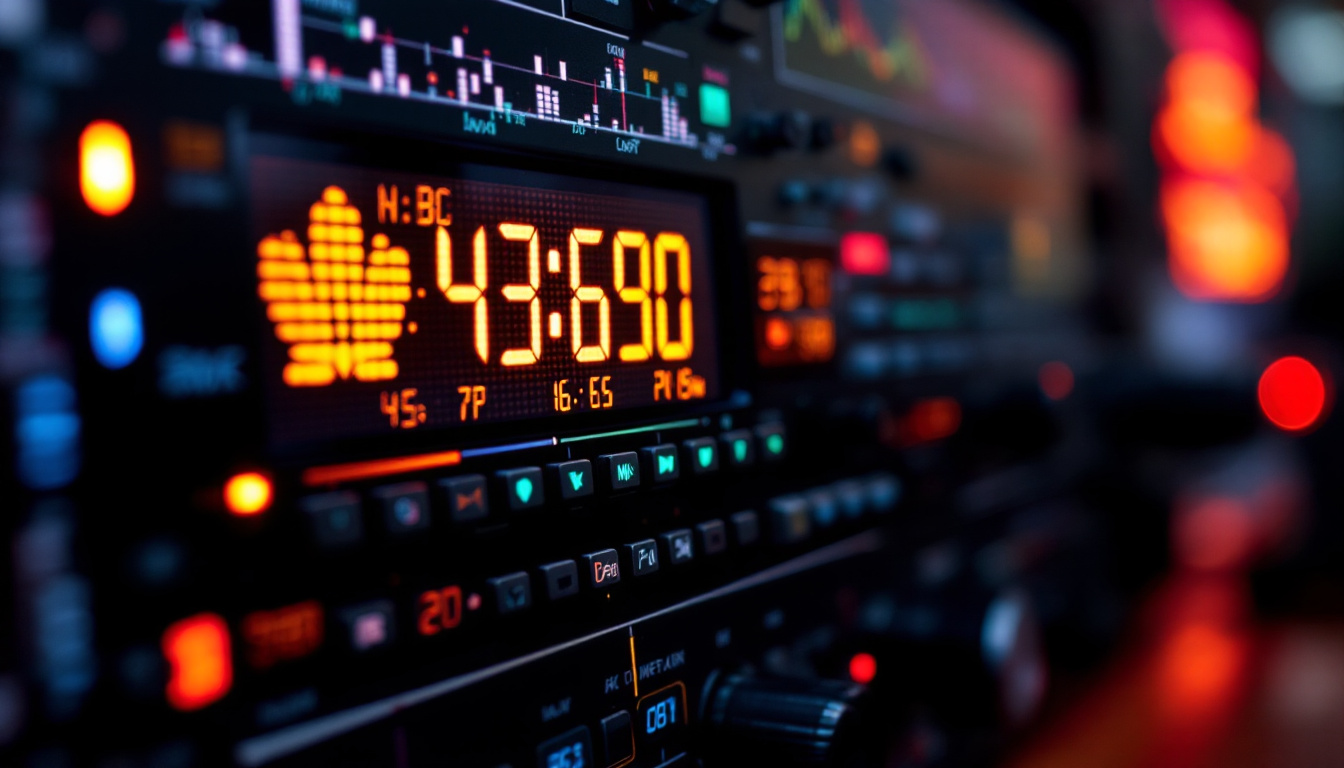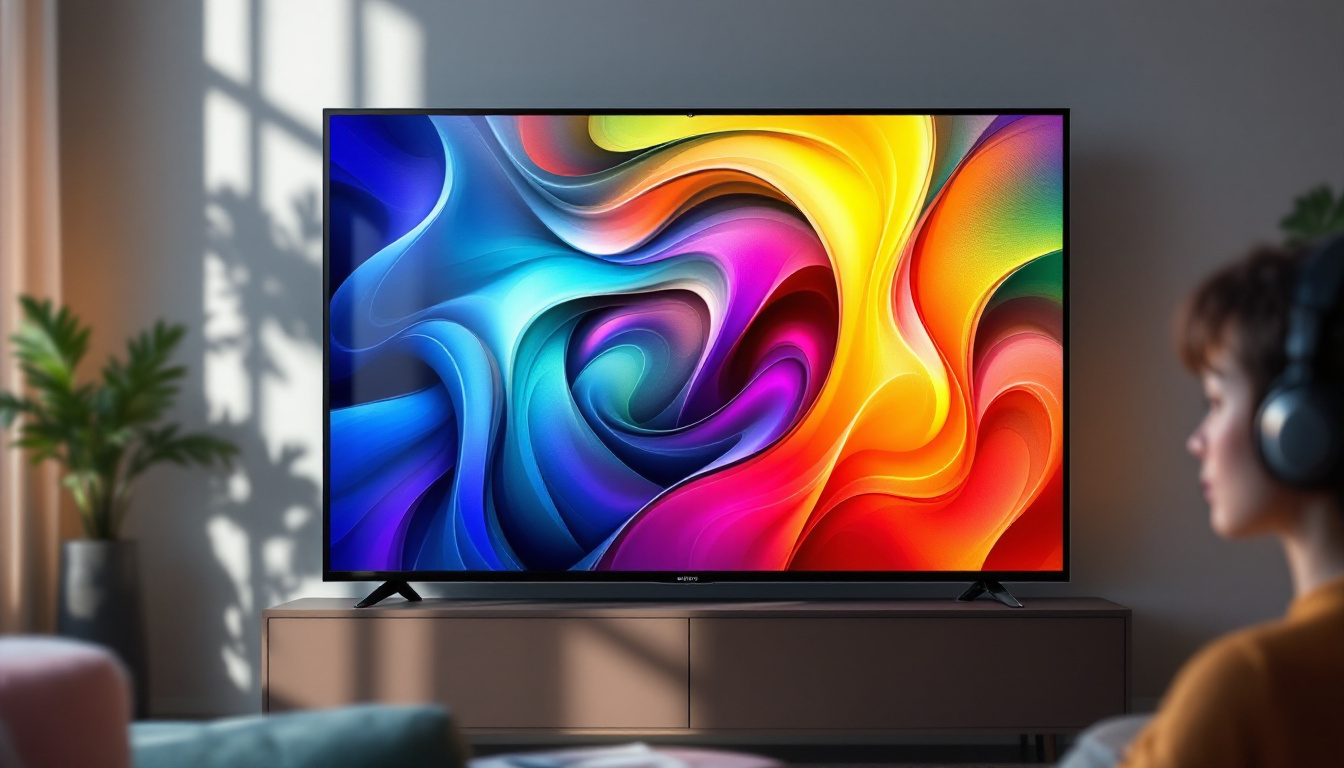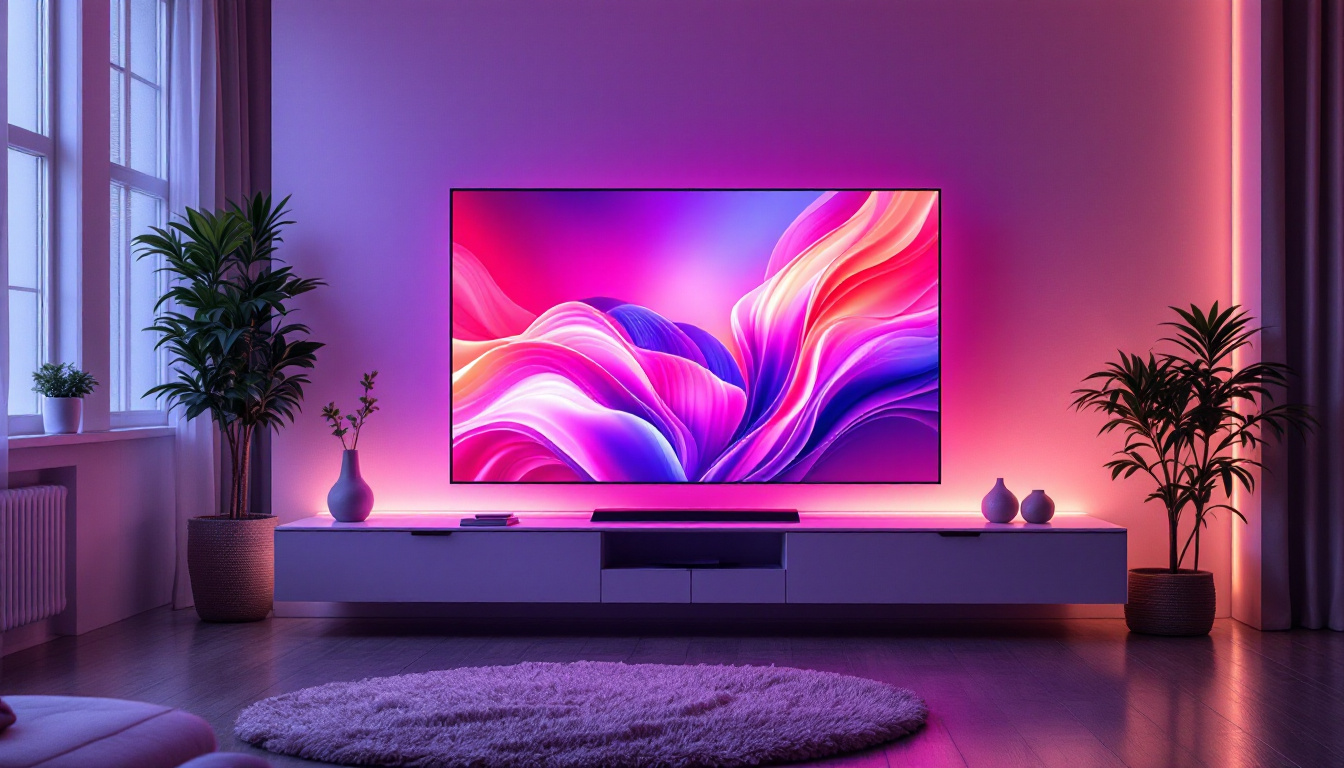As the demand for immersive experiences in small indoor venues continues to rise, the use of LED displays has become increasingly prevalent. These displays not only enhance the aesthetic appeal of a space but also serve as powerful tools for communication and engagement. This article delves into the significance of LED displays in small indoor venues, exploring their benefits, applications, and considerations for choosing the right display.
The Importance of LED Displays in Small Indoor Venues
LED displays have revolutionized the way information is presented in various settings, including small indoor venues such as conference rooms, galleries, and event spaces. Their ability to deliver vibrant visuals and dynamic content makes them an essential component for enhancing the overall experience of attendees.
Enhancing Visual Appeal
One of the primary advantages of LED displays is their capacity to create visually striking presentations. The bright colors and high resolution of LED screens can captivate audiences, drawing their attention and keeping them engaged. In small venues, where space is often limited, a well-placed LED display can serve as a focal point, transforming the atmosphere and elevating the event’s overall impact.
Moreover, LED displays can be customized to fit the theme of an event, allowing organizers to showcase branding, artwork, or informative content in a visually appealing manner. This customization not only enhances the aesthetic but also reinforces the message being conveyed, making it more memorable for attendees. Furthermore, the versatility of LED technology means that these displays can be configured in various shapes and sizes, from traditional rectangular screens to innovative video walls that create immersive environments. This adaptability allows for creative installations that can further engage the audience and create a unique experience tailored to the specific event.
Improving Communication
Effective communication is crucial in any event, and LED displays facilitate this by providing clear and concise information. Whether it’s displaying schedules, speaker bios, or interactive content, LED screens can convey messages quickly and efficiently. This is particularly beneficial in small venues where verbal communication may be hindered by noise or spatial constraints.
Additionally, LED displays can be used for live streaming events or presentations, allowing remote participants to engage with the content in real-time. This capability expands the reach of events, making them more inclusive and accessible to a broader audience. Beyond just streaming, LED displays can also integrate social media feeds or audience interaction tools, encouraging attendees to participate actively. This interactivity can foster a sense of community among participants, as they share their thoughts and experiences in real-time, creating a dynamic dialogue that enhances the overall engagement of the event.
Applications of LED Displays in Small Indoor Venues
The versatility of LED displays allows them to be utilized in a variety of settings. From corporate events to art exhibitions, the applications of LED technology are vast and varied.
Corporate Events and Conferences
In corporate settings, LED displays are often used to enhance presentations and facilitate networking. They can showcase company branding, highlight key messages, and provide visual aids that complement speakers’ presentations. The ability to display dynamic content, such as videos or animations, can significantly enhance the impact of a presentation, making it more engaging for participants.
Furthermore, LED displays can be used in breakout sessions to share information or facilitate discussions. Their portability and ease of setup make them ideal for smaller conference rooms where space is at a premium. Additionally, the integration of interactive features, such as touchscreens, allows for real-time audience participation, enabling attendees to engage directly with the content being presented. This interactive element not only boosts engagement but also fosters a collaborative atmosphere, encouraging networking and idea exchange among participants.
Art Exhibitions and Galleries
In the realm of art, LED displays offer artists and curators a unique medium to showcase their work. Digital art installations can be created using LED screens, allowing for innovative presentations that were previously unimaginable. This technology enables artists to experiment with light, color, and motion, creating immersive experiences that captivate viewers.
Moreover, LED displays can provide context to physical artworks by displaying information about the pieces, artist interviews, or related multimedia content. This added layer of engagement enriches the viewer’s experience and fosters a deeper appreciation for the artwork. In addition, LED displays can be programmed to change throughout the duration of an exhibition, providing a dynamic experience that encourages repeat visits. This adaptability allows curators to refresh the narrative or highlight different aspects of the artwork, ensuring that each visit offers something new and exciting for the audience.
Entertainment and Live Events
For live events, such as concerts or theater performances, LED displays serve as an essential tool for enhancing the audience’s experience. They can be used to display lyrics, visuals, or stage effects that complement the performance, creating a more dynamic and immersive environment.
In smaller venues, where traditional stage setups may be limited, LED displays can also be used to create virtual backgrounds or enhance the stage design. This flexibility allows for creative staging solutions that can transform a simple space into a vibrant performance venue. Additionally, the ability to synchronize LED displays with sound and lighting effects can elevate the overall production quality, making even intimate performances feel grand and impactful. As artists increasingly embrace technology, LED displays are becoming integral to storytelling in live performances, allowing for seamless transitions between scenes and enhancing the emotional resonance of the narrative being presented.
Choosing the Right LED Display for Your Venue
When considering the installation of an LED display in a small indoor venue, several factors must be taken into account to ensure optimal performance and effectiveness.
Size and Resolution
One of the first considerations is the size of the LED display. In smaller venues, space is often limited, so it’s essential to choose a display that fits the available area without overwhelming the space. Additionally, the resolution of the display is crucial; higher resolution screens provide clearer images and text, which is particularly important for close viewing distances typical in small venues.
It’s advisable to assess the viewing distance in the venue to determine the appropriate pixel pitch—the distance between pixels on the screen. A smaller pixel pitch results in a higher resolution, making it suitable for closer viewing.
Brightness and Visibility
Brightness is another critical factor, especially in venues with varying lighting conditions. LED displays are available in different brightness levels, measured in nits. For indoor venues, a brightness level of around 1,000 to 2,500 nits is generally sufficient. However, if the venue has significant ambient light, opting for a brighter display may be necessary to ensure visibility.
Furthermore, consider the viewing angles of the display. A wide viewing angle ensures that everyone in the audience can see the content clearly, regardless of where they are seated. This is particularly important in small venues where audience placement can vary.
Installation and Maintenance
The installation process for LED displays can vary based on the type and size of the display. It’s essential to work with professionals who can ensure that the display is installed securely and correctly. Additionally, consider the maintenance requirements of the display. LED screens are generally low-maintenance, but regular cleaning and occasional servicing may be necessary to keep them in optimal condition.
Choosing a display with a good warranty and support options can also provide peace of mind, ensuring that any potential issues can be addressed promptly.
The Future of LED Displays in Small Indoor Venues
As technology continues to evolve, the future of LED displays in small indoor venues looks promising. Innovations in display technology are leading to even more dynamic and interactive experiences.
Interactive Displays
One of the most exciting developments in LED technology is the rise of interactive displays. These screens allow users to engage with the content directly, whether through touch, gestures, or mobile integration. In small venues, this interactivity can enhance the audience’s experience, making events more engaging and memorable.
For example, interactive displays can be used for audience polling during presentations, enabling real-time feedback and participation. This level of engagement can transform a passive audience into active participants, fostering a more dynamic atmosphere.
Integration with Other Technologies
Another trend is the integration of LED displays with other technologies, such as augmented reality (AR) and virtual reality (VR). These technologies can create immersive experiences that blend the physical and digital worlds, offering new ways to engage audiences in small venues.
For instance, combining LED displays with AR can enhance art exhibitions by overlaying digital information onto physical artworks, providing viewers with additional context and insights. This integration opens up endless possibilities for creativity and engagement in various settings.
Eco-Friendly Options
With a growing emphasis on sustainability, the development of eco-friendly LED displays is becoming increasingly important. Manufacturers are focusing on creating energy-efficient displays that minimize environmental impact while still delivering high-quality visuals. In small venues, where energy consumption can be a concern, opting for eco-friendly LED options can contribute to a more sustainable operation.
Conclusion
LED displays have become an integral part of the modern small indoor venue landscape, offering a range of benefits from enhanced visual appeal to improved communication. Their versatility allows them to be used in various applications, from corporate events to art exhibitions and live performances. When selecting an LED display, factors such as size, resolution, brightness, and installation must be carefully considered to ensure optimal performance.
As technology continues to advance, the future of LED displays promises even more exciting possibilities, including interactive features and sustainable options. For venue owners and event organizers, embracing LED technology can significantly enhance the experience for attendees, making events more engaging and memorable.
In a world where visual communication is paramount, investing in LED displays is not just a trend but a strategic move towards creating impactful experiences in small indoor venues.
Discover LumenMatrix LED Display Solutions
Ready to elevate your small indoor venue with the latest in LED display technology? Look no further than LumenMatrix, a pioneer in creating visually stunning and interactive LED experiences. Whether you’re looking to captivate your audience with an Indoor LED Wall Display, engage fans with a Sports LED Display, or innovate with a Custom LED Display, LumenMatrix has the solution to meet your needs. Check out LumenMatrix LED Display Solutions today and transform your venue into a dynamic and unforgettable space.


